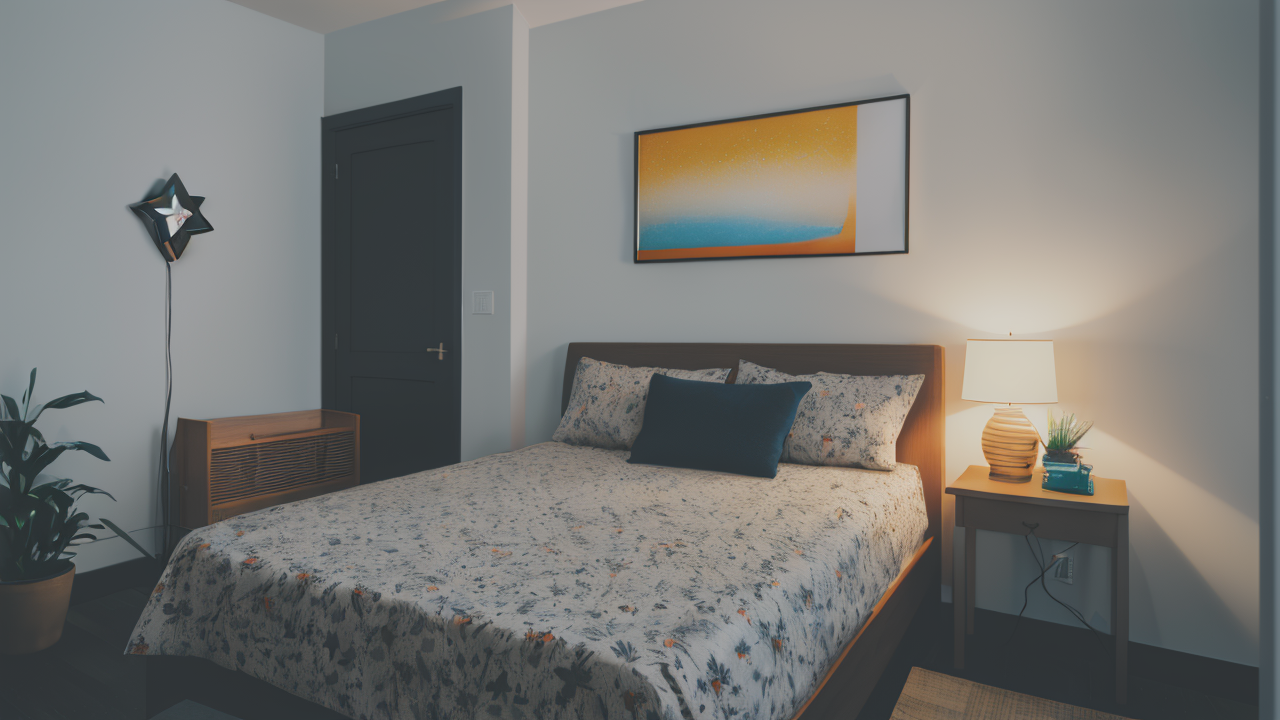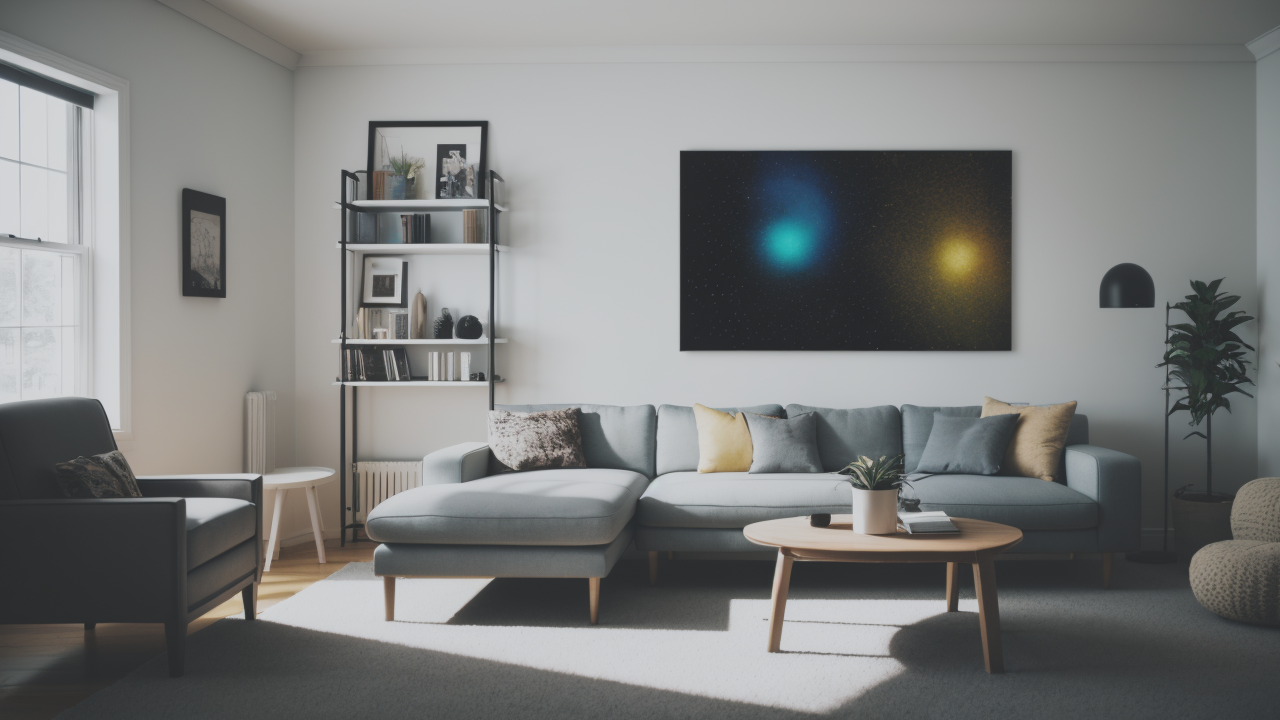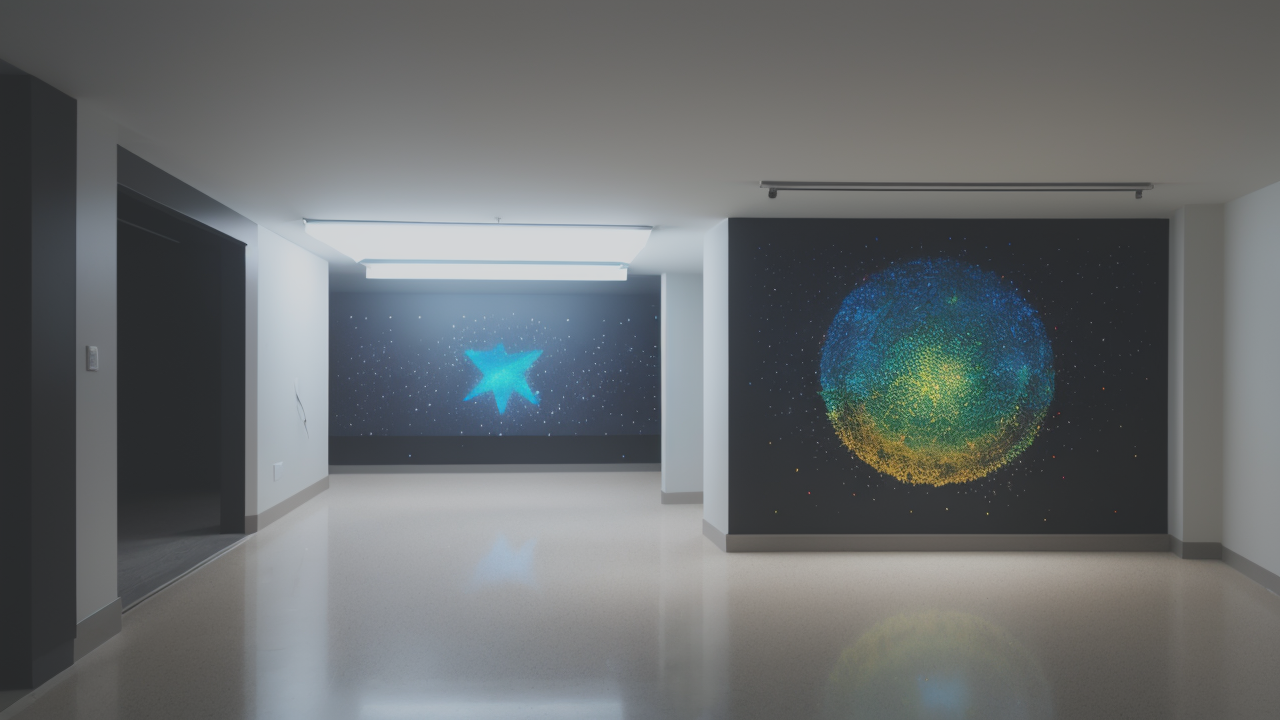
The Art of Nawabi: Incorporating Regal Wall Art in Modern Interiors
The Rise of Abstract Pop Art in Interior Design
The Historical Context of Pop Art in Home Decor
Pop art burst onto the scene in the 1950s, shaking up the art world. It drew inspiration from popular culture and everyday objects. Artists used bold colors and simple shapes to create eye-catching works. Soon, pop art found its way into homes. It offered a fresh, vibrant alternative to traditional decor. People loved its playful nature and connection to modern life. Pop art posters became an affordable way to add personality to rooms. The style's influence on home decor has endured for decades. It continues to evolve, adapting to changing tastes and trends in interior design.

Why Abstract Pop Art is Gaining Popularity
Abstract pop art is seeing a resurgence in home decor. It blends the bold style of pop art with abstract forms. This combination appeals to modern tastes and fits various interior styles. Abstract pop art can be a striking focal point or a subtle accent. It allows for personal interpretation and emotional connection. The versatility of abstract pop art is a big draw for homeowners. It often uses vibrant colors that can liven up any space. This art form is perfect for those who want to make a statement. It adds visual interest without being too literal or overwhelming.
The Role of Pop Culture in Home Aesthetics
Pop culture heavily influences today's home aesthetics. It shapes our design choices and visual preferences. Abstract pop art taps into this trend perfectly. It often references iconic images or symbols from pop culture. This creates an instant connection with viewers. Many people enjoy displaying art that reflects their interests. Pop culture-inspired abstract art does just that. It can spark conversations and add personality to a space. Social media has also boosted its popularity. Platforms like Instagram showcase how abstract pop art can transform rooms. This exposure has led to increased demand for pop culture-inspired decor items.
Top Picks: Integrating Abstract Pop Art into Your Home
How to Choose the Right Pop Art Piece for Your Space
Selecting the perfect abstract pop art piece involves several factors. First, consider the size of your wall and the artwork. A large piece can be a stunning focal point. Smaller works create interest in tight spaces. Think about your room's color scheme. Choose art that complements or contrasts with your existing decor. The subject matter is also important. Pick something that resonates with you personally. Don't be afraid to mix styles. Abstract pop art can work well with various decor themes. Consider the mood you want to create in the space. Bright, bold pieces energize a room. More subdued works add sophistication.

Balancing Functionality and Visual Appeal
When adding abstract pop art to your home, balance is key. The art should enhance your space, not overwhelm it. Consider the room's function where you'll display the piece. In a living room, a large, colorful work can start conversations. For bedrooms, choose calmer pieces that promote relaxation. In dining areas, opt for art that complements your table setting. Remember that abstract pop art can be more than just wall hangings. Look for functional items like rugs, pillows, or furniture with pop art designs. This approach adds visual interest while maintaining practicality.
Innovative Ways to Display Pop Art
There are many creative ways to showcase abstract pop art in your home. Here are some ideas:
- Create a gallery wall with a mix of pop art pieces
- Use floating shelves to display smaller works
- Try unexpected locations like hallways or bathrooms
- Lean oversized pop art against a wall for a bold statement
- Project digital pop art onto a blank wall for changing displays
- Add 3D pop art sculptures for depth and interest
Don't be afraid to experiment with different arrangements. The goal is to create a display that reflects your personality and style.
Expert Tips for Enhancing Your Pop Art Collection
Curating Your Pop Art Collection for Maximum Impact
Building a cohesive pop art collection takes time and thought. Start by defining your personal style and preferences. Look for pieces that speak to you emotionally or intellectually. Mix different artists and styles for a diverse collection. Consider creating themes within your collection. These could be based on color schemes or subject matter. Don't be afraid to include both well-known and emerging artists. Attend art fairs and galleries to discover new works. Online platforms can also be great sources for unique pieces. Remember, a well-curated collection tells a story about you and your tastes.

Maintaining and Caring for Your Pop Art Pieces
Proper care ensures your pop art collection stays vibrant for years. Here are some tips:
- Keep artwork out of direct sunlight to prevent fading
- Use UV-protective glass when framing pieces
- Dust regularly with a soft, dry cloth
- For 3D objects, use a soft brush to remove dust
- Handle artwork with clean, dry hands or wear cotton gloves
- When cleaning frames, apply cleaner to a cloth first, not directly on the art
- Store unframed pieces flat, not rolled, in acid-free materials
- Consider professional cleaning for valuable or delicate works
With proper care, your pop art collection will remain a stunning part of your home decor.
The Future of Pop Art in Home Decor Trends
The future of pop art in home decor looks bright and evolving. Digital art and NFTs are opening new possibilities for displaying pop art. We may see more interactive and changeable pop art pieces in homes. Sustainability is becoming a key factor, with artists using eco-friendly materials. Personalized pop art, created using AI or custom designs, is gaining popularity. The lines between fine art and pop art continue to blur, offering more diverse options. Expect to see pop art influencing not just wall decor, but also furniture and home accessories. As technology advances, we might even see holographic pop art displays becoming common in homes.


